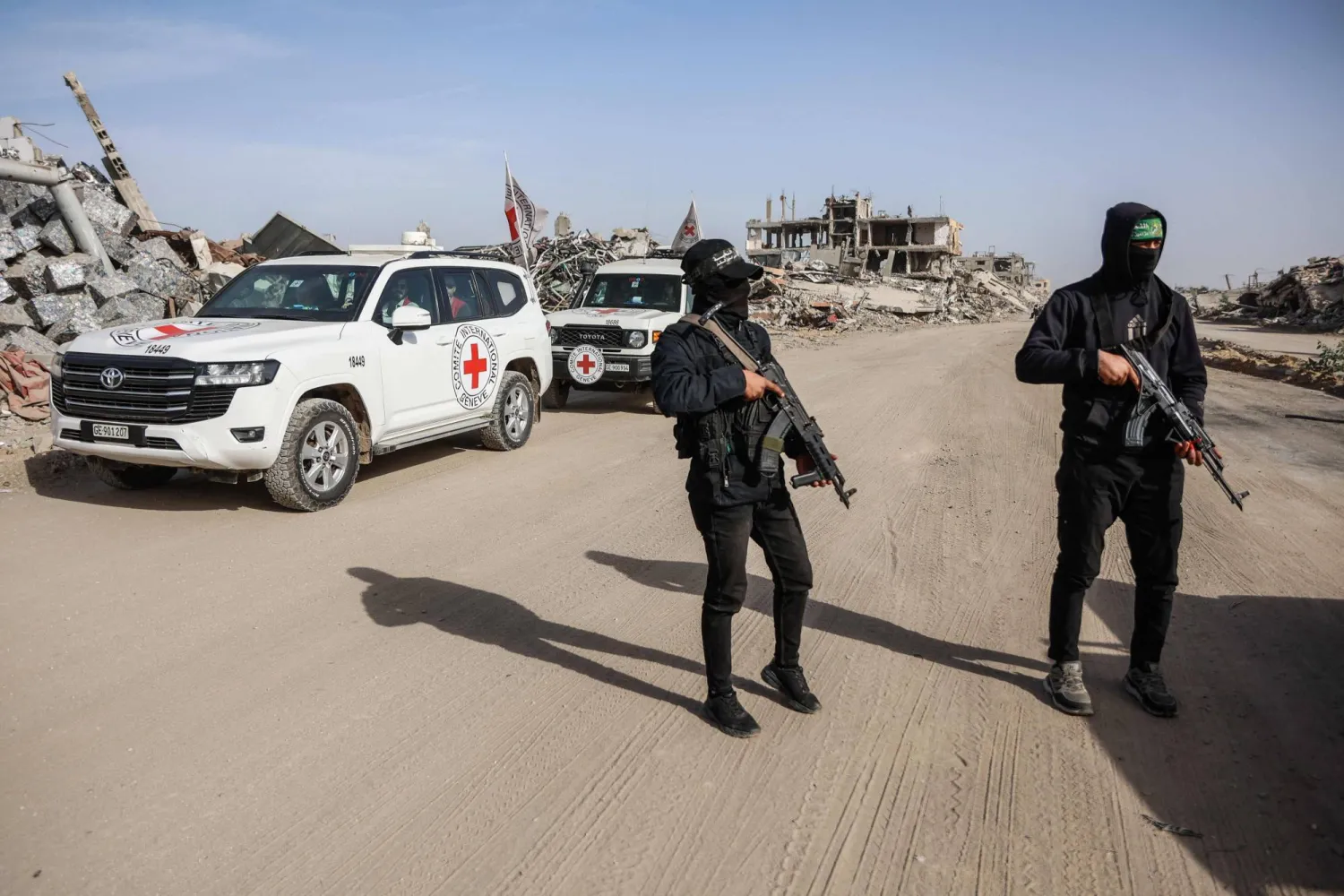Investigations into the two drones that fell in Nuweiba and Taba showed that they were heading from the south of the Red Sea to the north, announced an army spokesperson in a statement on Friday.
The spokesman said that within the framework of following up on the results of the ongoing investigations into the two accidents and by analyzing and gathering information, the inquiry revealed that two drones were heading from the south of the Red Sea.
One of the drones was targeted outside Egypt's airspace in the Gulf of Aqaba, resulting in some debris falling in an uninhabited area in Nuweiba, while the second one fell in Taba, he noted.
The statement also mentioned that the Egyptian Air Force and Air Defense forces are intensifying their efforts to secure the Egyptian airspace in all strategic directions for the state's safety.
Earlier, the military spokesman said that an unidentified drone crashed in Taba, wounding six people.
Israeli army spokesman Avichay Adraee said that the army detected an air threat in the Red Sea region, and warplanes had been called in to deal with it.
"The matter is still under investigation, and according to our assessment, the injury suffered by Egypt resulted from this threat," he said, without disclosing further details.
Israeli Foreign Ministry spokesman Lior Haiat accused the Houthi group in Yemen of the two incidents, according to the Times of Israel.









